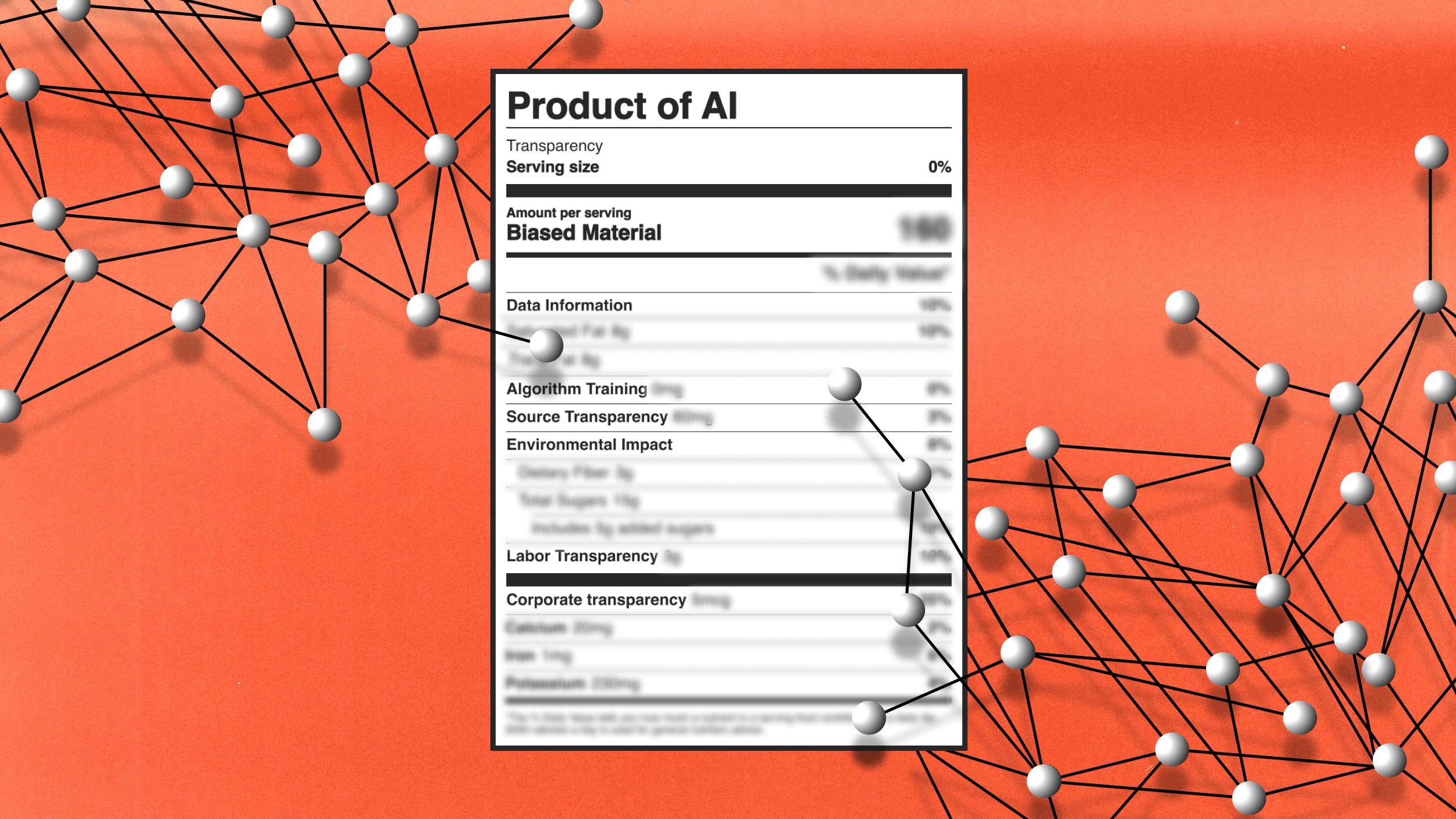Vivek Wadhwa points out the lack of women in the technology sector and discusses the negative public backlash to his coverage of the issue. Wadwha is a fellow at Rock Center for Corporate Governance at Stanford University, director of research at Center for Entrepreneurship and Research Commercialization at Duke, and distinguished fellow at Singularity University.
Vivek Wadhwa: I've been researching entrepreneurship, I've been researching immigrant entrepreneurship in particular, and what I learned was that Silicon Valley was amazingly diverse. That 52 percent of start-ups were founded by people like me; people who were born abroad. And I thought it was a perfect meritocracy. And we moved to Silicon Valley about four, four and a half years ago. And I do a lot of writing. I wrote a blog for TechCrunch. And my wife and I happened to go to a TechCrunch event called the Crunchies and it was a great event, the Oscars of the tech industry. And in the middle of it, my wife says Vivek, do you notice something strange? I said yeah, we're sitting next to Mark Zuckerberg. Isn't that cool. She said no, look around. What don't you see here? I mean she was getting frustrated with me. And I didn't notice anything strange. And then she said where are the women? And there was like a light went off in my head saying what is going on here? It's a surreal experience, Twilight Zone sort of that you notice something is completely missing. So I started noticing what was happening on stage. About 100/150 people on stage, not a single woman other than a couple of staff.I started looking around at the composition of Silicon Valley companies, hardly any women. I started looking at the boards of companies, started looking at the websites, no women. And it was a surreal experience. I mean what is going on here? Why aren't there women in Silicon Valley? How can you have the most innovative land on this planet not have women? How can you be leaving out the most productive part of our population? So that's really what triggered this whole reaction often and why I become so vocal about the lack of women in innovation.
I happened to write a blog entitled Silicon Valley You and Your Venture Capitalist Have a Gender Problem. I basically detailed my observations about there not being women, and then I detailed some of the academic research I had done. I was stunned at the negative reaction to it. I was stunned at the volley of criticism on social media, the angry comments posted online. I was stunned at the emails I was getting, even from my friends. You’ve got to realize that I know who's who of Silicon Valley and some of these are the moguls over there. They advised me to stay off this topic. They advised me that look Vivek you're new to Silicon Valley. If you want to make it here this is not the way. If you're trying to get laid we can help you. Those are the type of comments I was getting back. And I was actually shocked. I mean I was insensitive to the issue of gender. I've never been at one extreme or the other, but this sort of opened my eyes to the harsh reality. And what my wife Tavinder said was Vivek, look at what you're going through. Imagine what women go through every day of their lives. And that is really what put me on this crusade to try to fix this gender gap and to be vocal about it.
It starts off with these sexist attitudes that men have. It starts out with their sense of superiority. And then it's also the upbringing the women have that from childhood they're giving Barbie dolls, the guys are given masculine toys. And then women are discouraged from studying computing and science and engineering because those are guy's things. And some of them do have enlightened parents who encourage them to achieve their potential and to change the world. And they go to school and they're treated different because they happen to be interested in science and engineering and mathematics they're called – women are considered geeks and nerds or worse they're looked down at. And they get into college and they're one of the very few women in it. They struggle, they defy the odds, they get into the workplace and guess what? It's all male. And they're one of the few women in their workplace and they're treated differently. Even though they may be as competent, they may have better skills than the men do, they don't get the same promotions. They get looked down at.
And it's even worse than that. I tell you, the type of stories I've heard really disturb me. Women being raped, groped, I mean just I don't want to repeat it, it's just sort of horrible the stories I've heard from women, heart wrenching stories of how women have been treated by men. This is just outrageous. It is not acceptable. I mean this is a civilized society we live in. How dare we treat the better half of our population like this.
First of all if you look at the graduation rates, there are 140 women for every 100 men now coming out of higher education. Women are equally proficient in mathematics, sciences. Every field of education you look at, women are equal to or better than men. Then when it comes to the technology sector in particular, if you look at the way the venture-capital system works, it's based on a failure rate of 80 or 90 percent. That's because they invest in all these brain dead companies and the founders spend money like there's no tomorrow and they lose all this money. And venture capital, as an asset class, is in decline because of that. So in other words we're wasting tens of billions of dollars on funding brain-dead companies. What's the difference with women? Women tend to be more sensible. They also tend to have more empathy. I'm not trying to say that women are better or worse than men over here, but women have a maternal instinct. They have more of a desire to care for others than do men. So when it comes to things like design, it's all about empathy. If you can feel what your users need you can design better. So therefore women should make better designers.
Women are also more sensible. It's again getting into the maternal instinct that they know how to manage budgets better. They're more responsible because of the roles that they've had. So if they become CEOs they produce better financial results. And these are backed up by research. When they join boards, when you have enough – when you have critical mass of women they guide the companies better, the companies produce better performance. So you have more innovation, you have better financial management, you have greater success rates by having more women. Why leave them out? They're half of our population.xx
All of the research that's been done says that companies founded by women have higher success rates; they spend less money, they produce better results. It's really that simple that financial management is better and they tend to do more sensible things than these brain-dead companies built by my brat friends in Silicon Valley.





